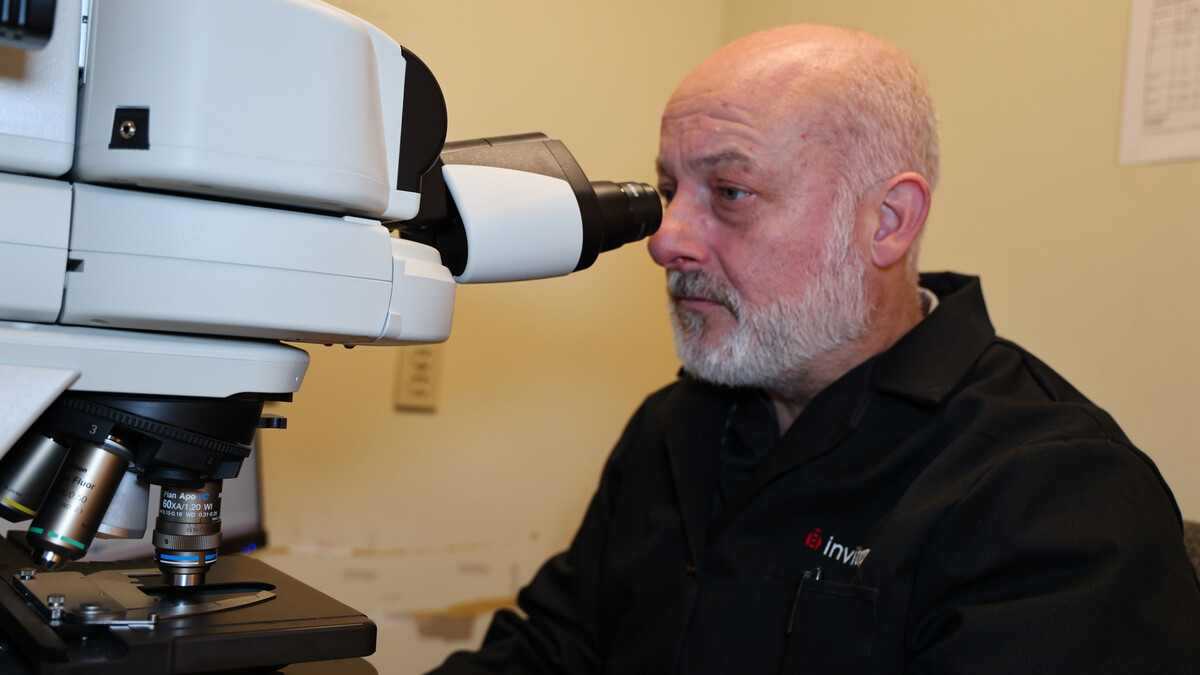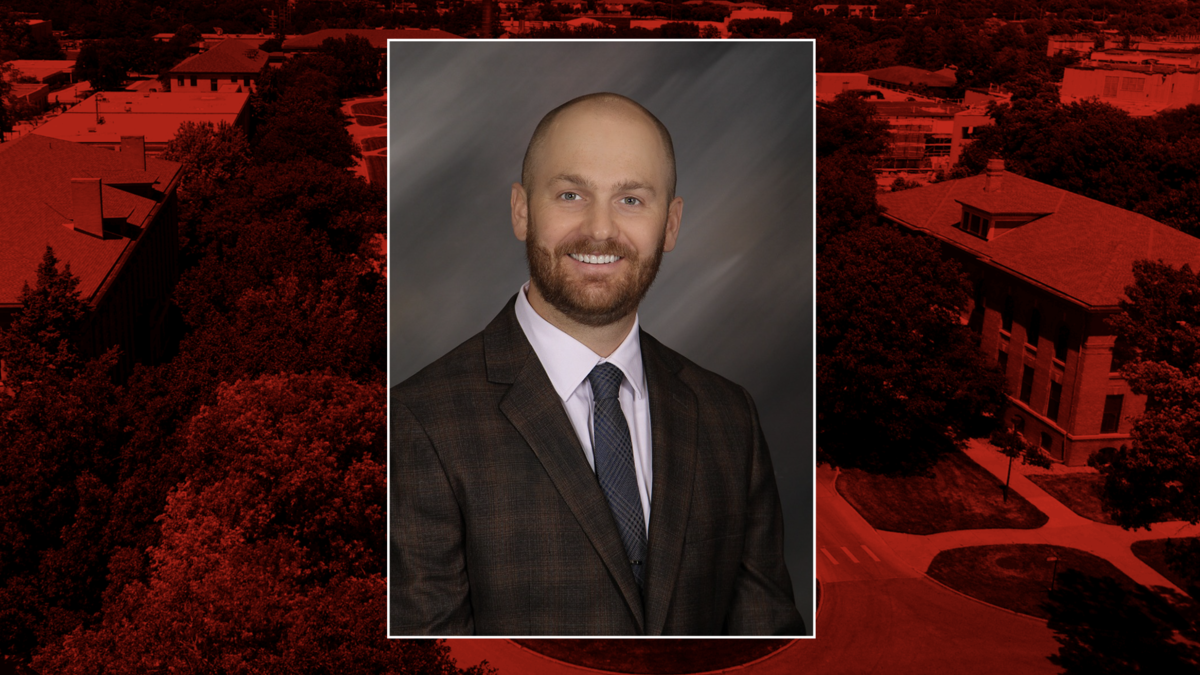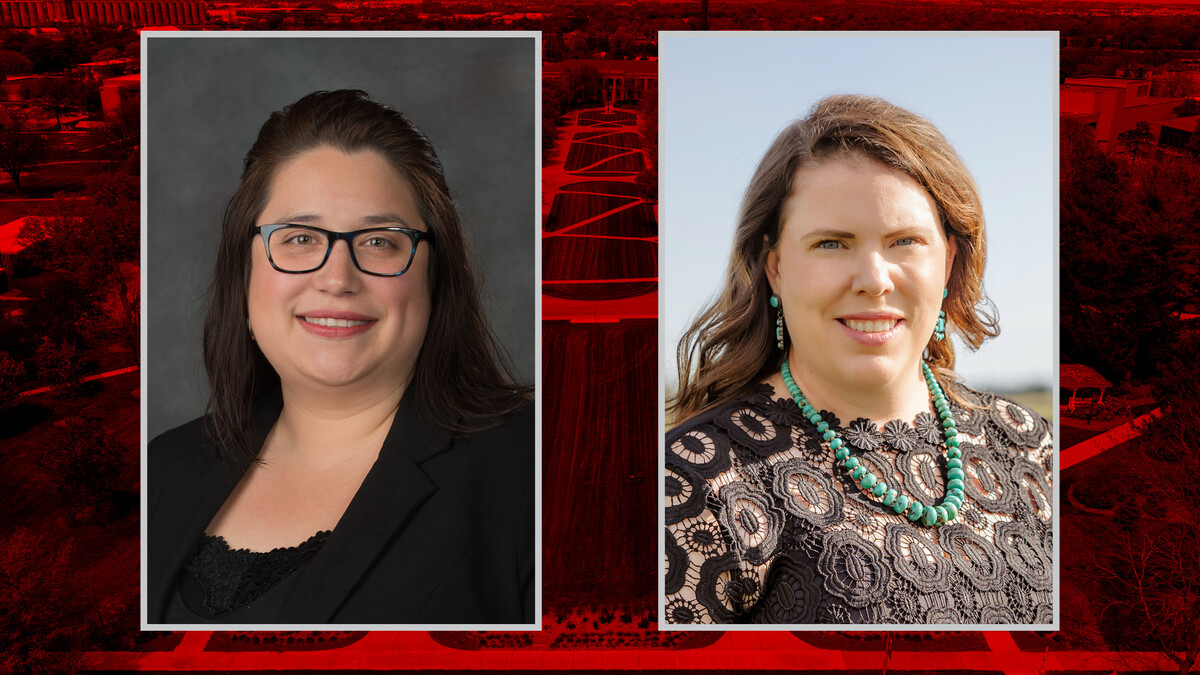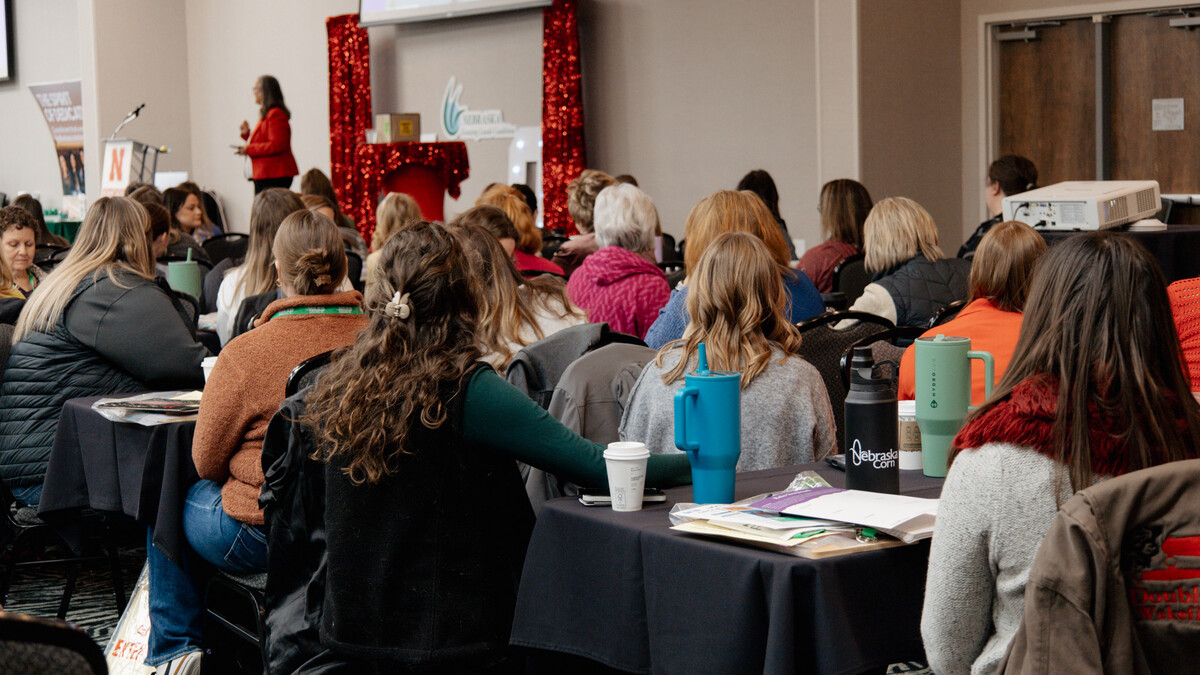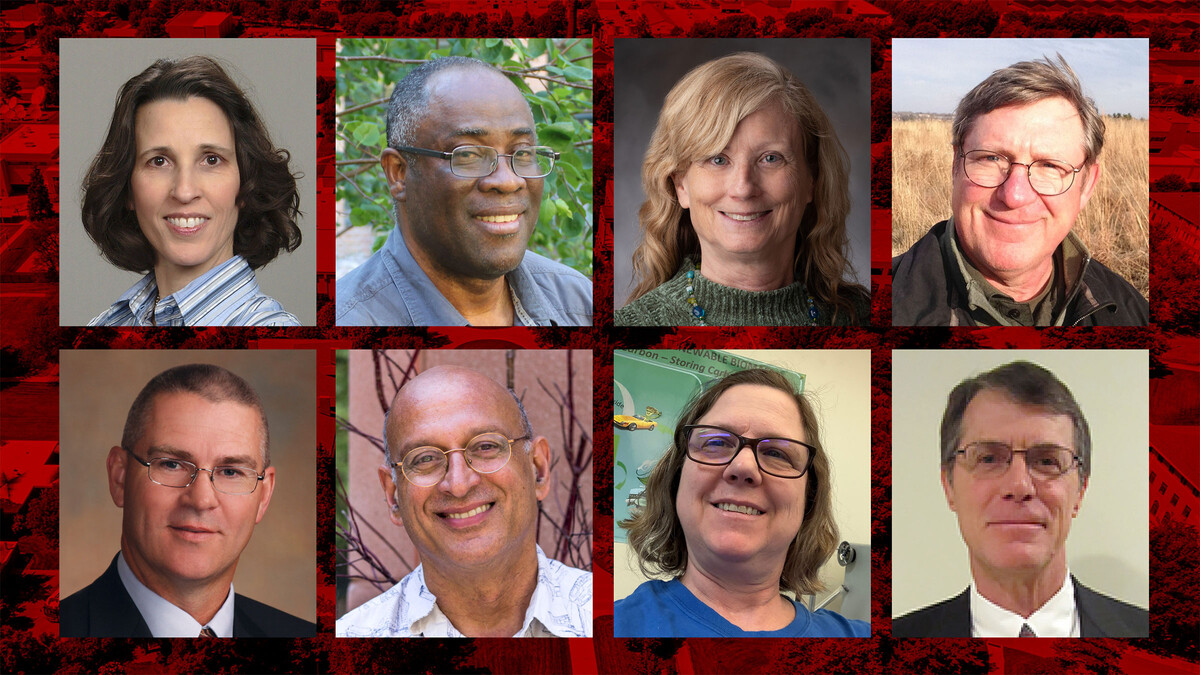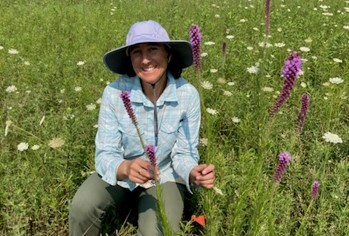
The ability of a social-ecological system to change for the better may depend largely on the memory, diversity and novelty within it, scientists say in an Ecology and Society article scheduled for spring 2025 publication.
In “Transformative capacity of social-ecological systems,” Theo Michaels, a Nebraska postdoctoral researcher, led six other scientists in writing about transformative capacity, the ability of an ecosystem to change to a more desirable state. The team focused on agricultural landscapes and other systems in defining the term and three attributes of it.
“I feel the treatment of transformative capacity from a social-ecological standpoint was very new and needed,” said Michaels, who, along with three of the other researchers, works at the Center for Resilience in Agricultural Working Landscapes at the University of Nebraska-Lincoln. “Our main objective for the paper was to define transformative capacity and, as part of that definition, describe its attributes and provide examples.”
For each example of an attribute, they showed how both the social and ecological part of a system might be needed to affect change. As an example of memory in an ecosystem, they discussed how land that has stood vacant in a city tends to remain barren or weeded unless pushed toward a more desirable state such as the planting of community gardens. The memory of the land and surrounding people is used to renew the vacant land to grow crops or flowers.
Another example the researchers gave of how memory could be leveraged to improve an ecosystem was switching from in-ground sewer and water pipes in cities to surfaces that can absorb water, such as rain and wildflower gardens, wetlands and urban farms.
The attribute of diversity ensures that the structures, processes and feedbacks containing elements of the desired system are present. For instance, many prairie restorations remain stuck in early stages of recovery because they lack the diversity of soil microbes that the plants need. Reintroducing this diversity can provide the potential for plant establishment and desired carbon and soil nutrient cycling. Michaels said the team questioned whether a restoration like this could be considered a transformation and decided it could because the restoration would be transforming the land into a desirable state.
As an example of introducing novelty in farming, they discussed developing and planting crops that are perennial, which would come back every year rather than need to be replanted. These crops could be bred to benefit the soil and environment more and reduce the use of fertilizers. Social aspects of this example could include developing markets to sell the crops and technologies to harvest them.
Michaels pointed out that although the researchers identified these three attributes as important to the transformative capacity of an ecosystem, the attributes can overlap and hold different importances depending on the current state and desired state. The goal is not necessarily to bring them into alignment.
“We present all these attributes in the paper as components you need for that transformative capacity, but there may be instances where one of those attributes could be hindering another attribute, or more broadly, transformative capacity itself,” she said. “In building the transformative capacity, you may actually need to quiet one of those attributes a little bit. It might be over-dominating the system.”
While people could identify other important attributes to transformative capacity, the team tried to identify the attributes needed at a minimum and provided examples for clarity.
“I appreciated that co-authors were really onboard and excited with having examples, because I think that with papers like this, there can be a tendency towards abstraction. When a paper like this gets too abstract, you have to ask yourself, how useful is this concept anyway?” Michaels said.
The paper built on an understanding of adaptive capacity, the ability of a system to adapt to change and still maintain its form and function. One key way transformative capacity differs from adaptive capacity is that humans are the drivers of change. A system with transformative capacity has the ability to change to a more desirable state, but humans are defining what is more desirable and initiating the change.
Craig Allen, a Nebraska researcher and coauthor on the paper, said much research has focused on transformation and this paper focuses on what needs to be present for transformation to occur.
“A system without transformative capacity cannot undergo transformative change,” he said.
Michaels said she liked that the paper acknowledged that humans have agency around what desired states look like.
“I think sometimes we can take a passive role and see ourselves as outside of the system, even when we call them social-ecological systems,” she said. “This transformative capacity paper really works to center humans in the process and provides us with agency around desired social-ecological change.”
